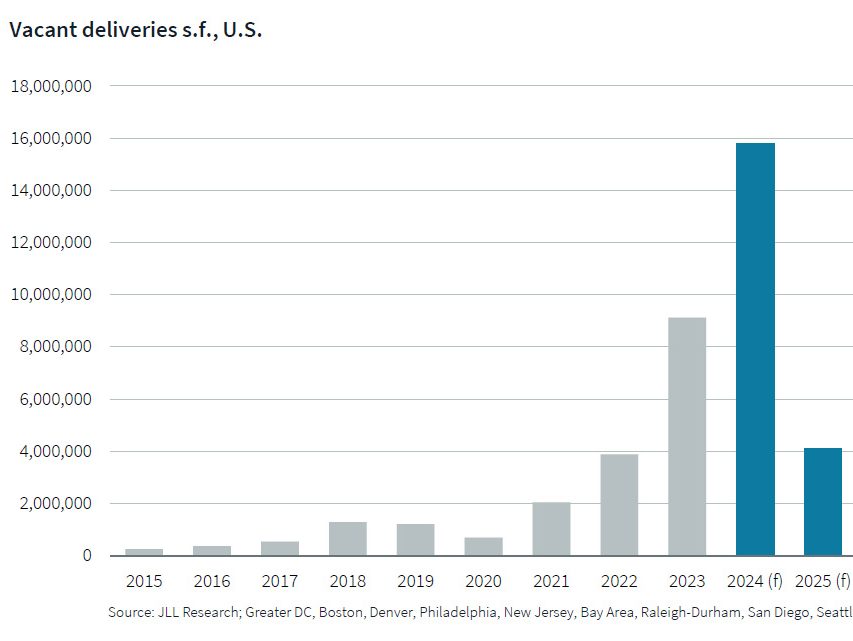Economy Watch: Unemployment Drops in Most States in March
The BLS reported that 30 states saw decreases in unemployment numbers during March, led by North Dakota's energy boom. Gas prices have declined six cents per gallon in the last two weeks. And the IMF has raised another $430 billion in lending capacity.
By Dees Stribling, Contributing Editor
The Bureau of Labor Statistics reported on Friday that 30 states experienced unemployment-rate decreases in March, while eight posted increases and 12 states and the District of Columbia had no change. Compared with the same month last year, almost all of the states did considerably better in terms of unemployment rate changes: 49 states and D.C. all saw their rates drop, with only New York the exception, seeing a slight increase year-over-year.
According to the BLS, Mississippi and Oklahoma experienced the largest month-over-month unemployment rate declines in March, dropping 0.6 percentage points each. Five other states also had statistically significant rate decreases: Florida and Massachusetts (down 0.4 percentage points each); Nevada (down 0.3 points); North Carolina (down 0.2 points); and Vermont (down 0.1 points).
Nevada continued to record the highest unemployment rate among the states, 12 percent in March. Next on that unfortunate list are Rhode Island and California, which posted the 11.1 and 11 percent, respectively. North Dakota, which is still in the middle of an energy boom, again registered the lowest jobless rate in the nation, an enviable 3 percent in March, followed by Nebraska, whose unemployment rate is 4 percent, still fairly enviable.
Gas Prices Beat a Retreat
Is the worst of gas-price increases of 2012 over for now? For the moment it seems that way. After steady increases for most of the year, which took the national average to nearly $4 per gallon earlier in April, prices have started sliding. Over the last two weeks, the price of gas has declined about six cents per gallon (for regular, not the premium blends). According to the AAA Daily Fuel Gauge Monitor, the average as of Sunday was $3.863, down from $3.907 a week earlier, and even lower than it was a month ago, $3.889.
Compared with the same time last year, however, gas prices are still a little higher. In late April 2011, the national average was $3.856, says AAA. Currently, the highest prices are in the metro Chicago area, though a number of Midwestern states — Minnesota, Iowa, Missouri and Ohio — are among those with the lowest prices. Prices are also high ($3.96 to $4.61) on the West Coast and in most of the Northeastern states.
One factor in the slowdown is world-market oil prices, which have more-or-less stopped increasing for the moment. Also, Americans have cut down in their gasoline consumption, precisely as they did in 2008. According to the Energy Information Administration last week, gasoline shipped to retailers, which measures consumer demand for the precious liquid with considerable precision, has averaged 8.6 million barrels per day over the last four weeks, down 4 percent from the same period in 2011.
IMF Boosts Lending Capacity for Euro-Zone
During spring meetings with the World Bank in Washington on Friday, the International Monetary Fund said that it’s raised another $430 billion in lending capacity in case the smoldering problems in Europe burst into flames again. The new infusion of capital comes mostly from countries that still can afford it, such as Japan ($60 billion), the UK, South Korea and Saudi Arabia ($15 billion each), and smaller sums from Australia, Denmark, Norway, Poland, Singapore and Sweden, among others.
Other countries with growing economies, such as Brazil, China, India and Russia, have promised to pony up for the fund, but have made no exact commitments yet. In any case, the move was the latest in international efforts to keep the euro zone from derailing the rest of the world’s economy, including such measures as the European Central Bank offering cheap short-term loans to euro-zone banks, forcing austerity on Spain and Italy, and making Greek creditors take a serious hair cut.
Wall Street was in positive territory for most of the day on Friday, but slumped toward the end and finished mixed. The Dow Jones Industrial Average ended up 65.16 points, or 0.5 percent, while the S&P 500 eked out a 0.12 percent gain. The Nasdaq was down 0.24 percent, however.








You must be logged in to post a comment.